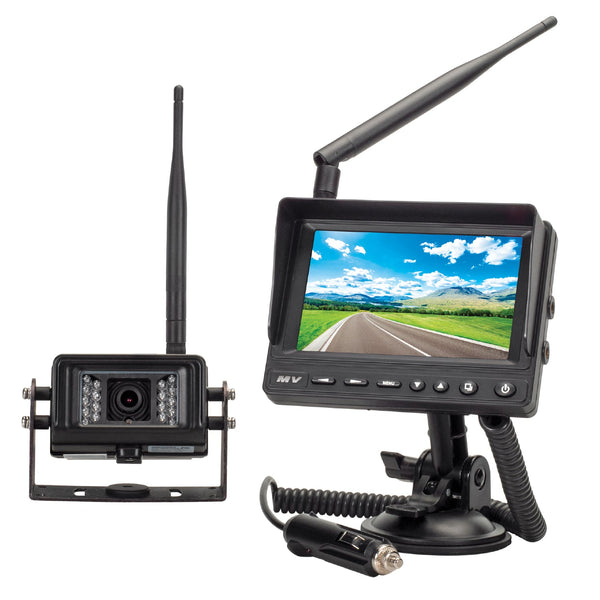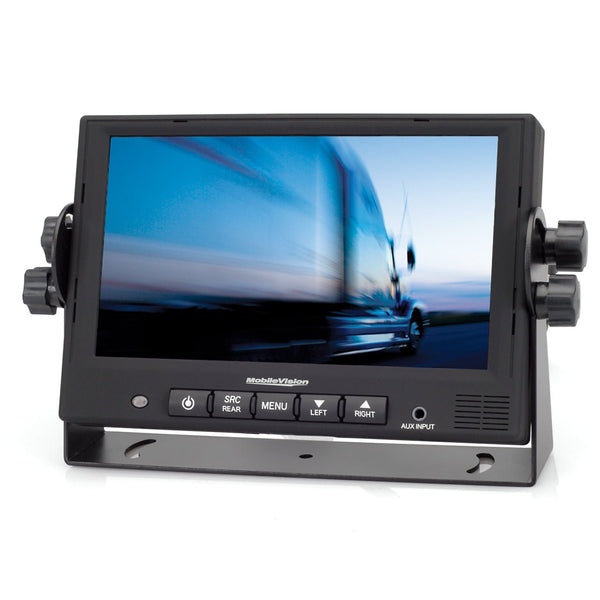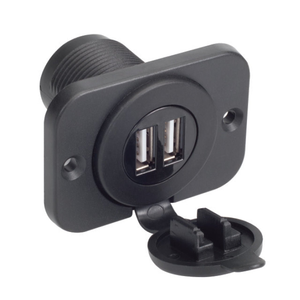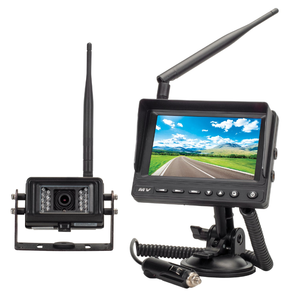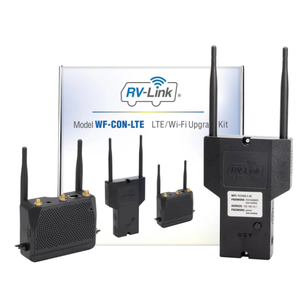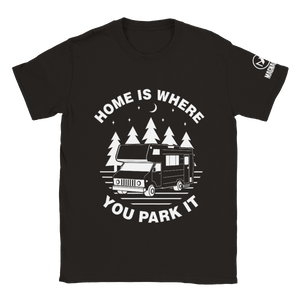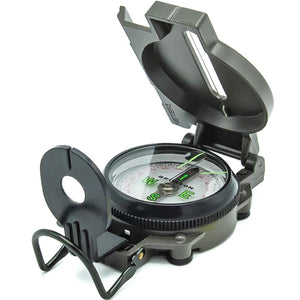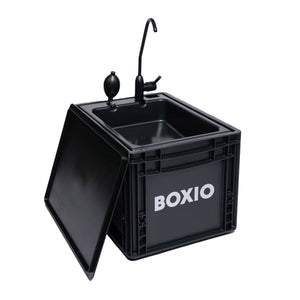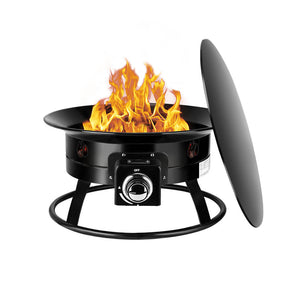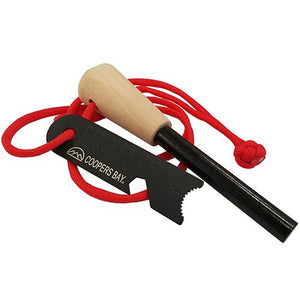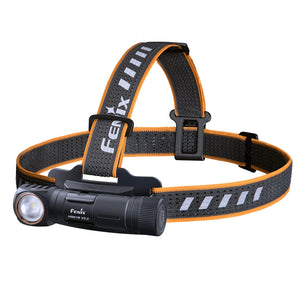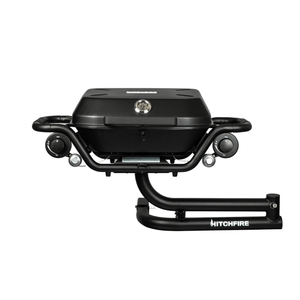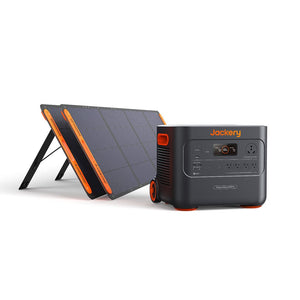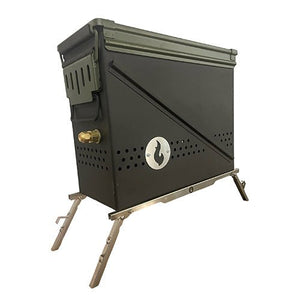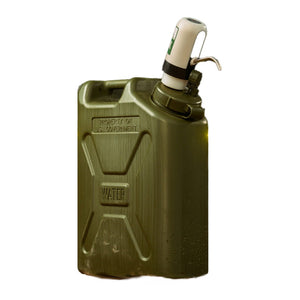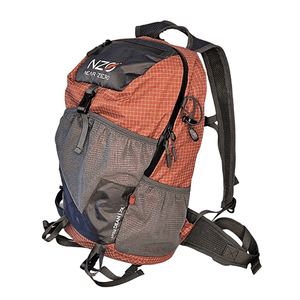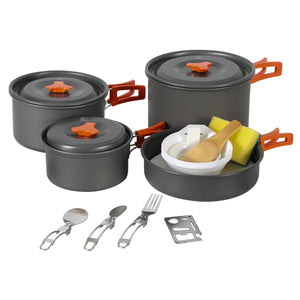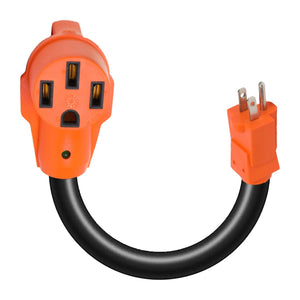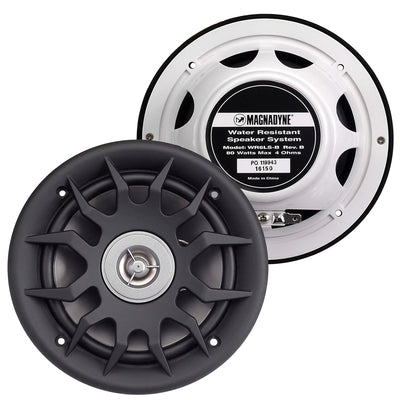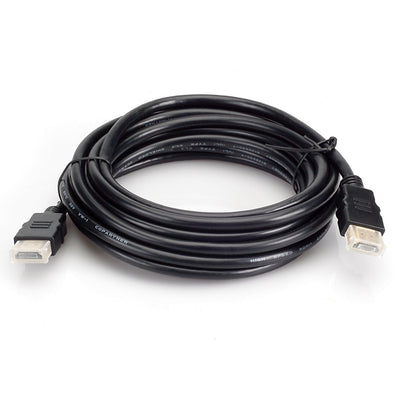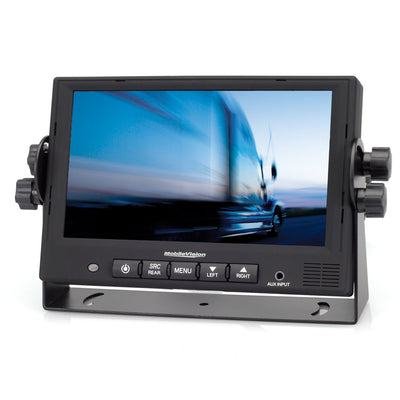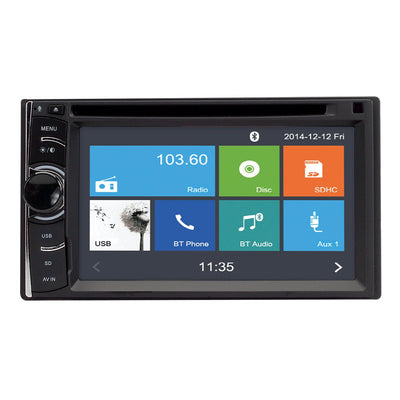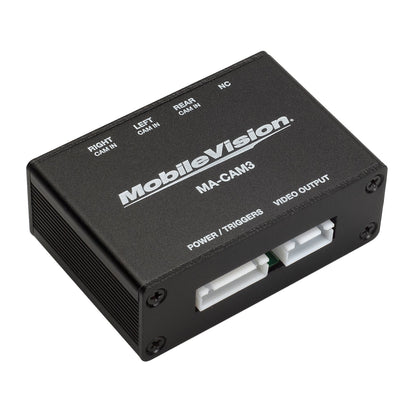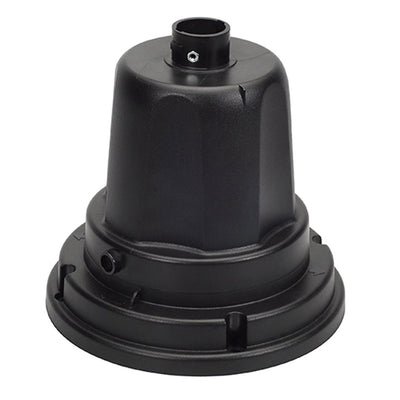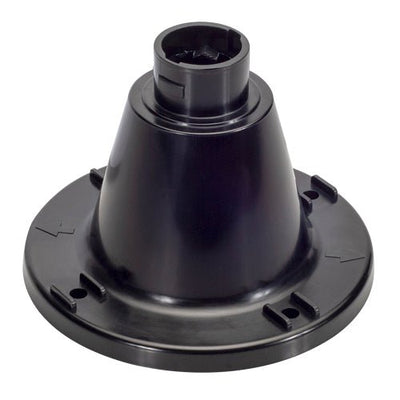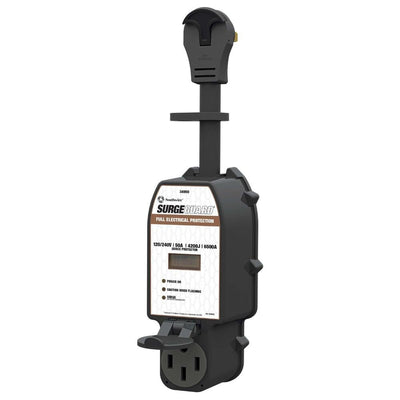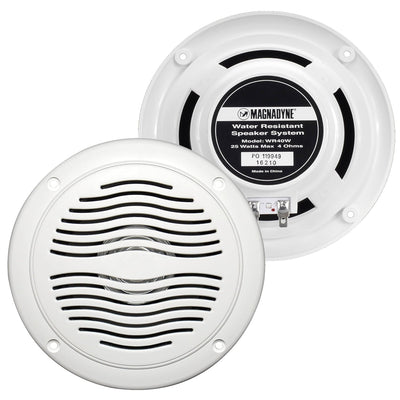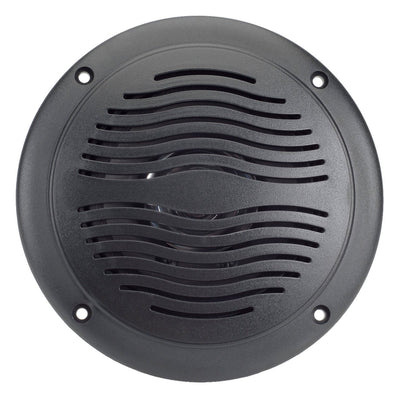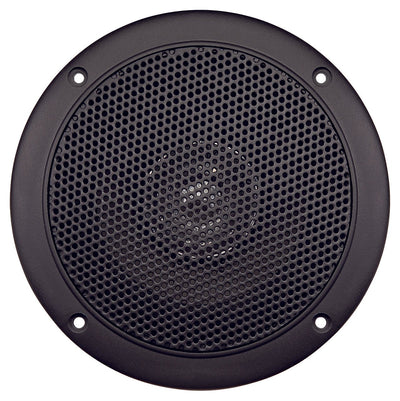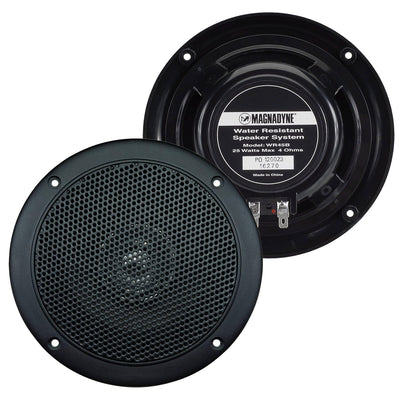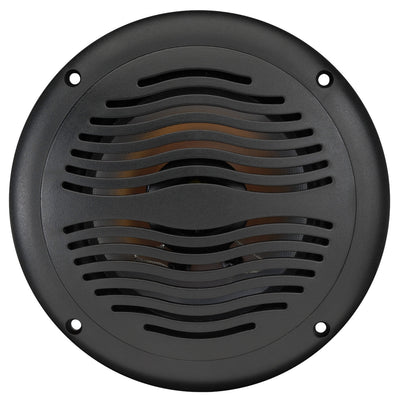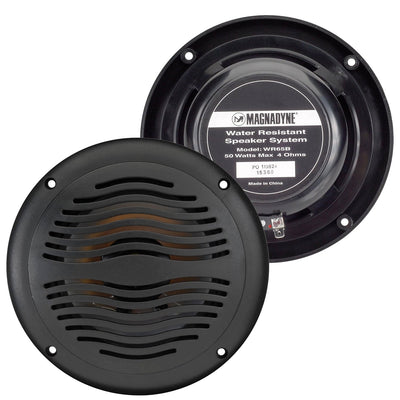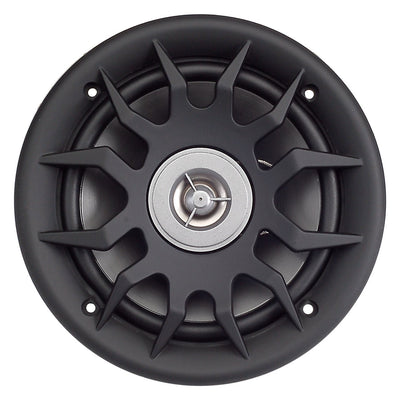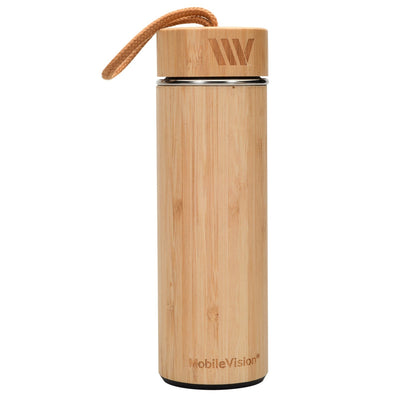If you travel frequently in your RV—whether as a weekend warrior or a full-time nomad—you’ve likely encountered the headache of hitting data caps. With streaming services, work calls, navigation apps, and social media all competing for bandwidth, it’s easy to burn through your monthly data allotment quicker than expected. This blog post will help you gain control of your data usage by sharing practical, real-world tips to stretch your plan, avoid costly overages, and stay connected wherever you roam.

1. Understand Your Data Needs
Before you dive into data-saving techniques, it’s critical to evaluate your specific requirements:
- Identify Heavy Users
- Are you streaming high-definition movies on Netflix?
- Do you rely on multiple video calls each day for work?
Estimate Your Baseline
On average, one hour of HD streaming can consume around 3GB of data.
Video conferencing platforms like Zoom can use 1GB or more per hour, depending on video quality.
Choose a Plan That Fits
Some RVers do fine with a 30GB/month plan, while others need 100GB or unlimited.
Consider multiple carriers or backup hotspot options if you plan to travel in remote areas.
Understanding your specific data needs helps you choose (or upgrade to) the right plan and tailor usage-saving strategies to your lifestyle.
2. Take Advantage of Offline Features
- Offline Media
- Download Before You Go
Apps like Netflix, Amazon Prime Video, and Spotify allow you to download content in advance. This can be a massive data saver if you enjoy entertainment without constant streaming.
- Audio Books and Podcasts
Download your favorite podcasts or Audible books while on Wi-Fi at a coffee shop or campground.
- Offline Navigation
- Google Maps Offline
Save maps of areas you plan to visit. This way, you won’t burn through data just to navigate.
- Other GPS Apps
Many standalone GPS apps or devices allow you to store maps locally. This is especially helpful in remote areas with poor cell service.
3. Track and Monitor Your Data Usage
- Built-In Tools on Your Device
- Smartphones
- iOS and Android both offer data usage tracking tools in Settings
- Set up usage alerts and auto-off thresholds for cellular data
- Mobile Hotspot Devices
Many mobile routers and hotspots have a web dashboard that displays real-time usage.
- Configure notifications to warn you when you reach certain percentages of your data cap
- Third-Party Apps and Services
- Data-Tracking Apps
- Tools like My Data Manager (Android/iOS) offer more detailed usage reports.
- Some even break down which apps are using the most data in real time.
- Carrier Portals
Most mobile carriers have an app or website that gives daily usage reports.
Check these frequently, especially during peak usage times like work projects or travel days.
4. Manage Streaming Quality
- Choose Lower Resolutions
- Streaming Services
Netflix, YouTube, and most major platforms let you adjust video quality. Lowering your streaming quality to 480p (standard definition) instead of HD can save tons of data.
- Music Services
Spotify, Apple Music, and others allow you to lower the bit rate of streams and downloads to conserve data.
- Use Data-Saving Features
- Smart Streaming
Some services automatically reduce resolution if they detect a slower or metered connection. Enable “Data Saver” or similar features in your account settings.
- Browser Extensions
Browser add-ons like Chrome’s Data Saver can compress web pages, reducing data usage while surfing.
5. Compress and Optimize
- Image and Video Sharing
- Compression Apps
Tools like HandBrake (for video) or Photo Compress (for images) allow you to shrink file sizes before uploading to social media or sharing with family.
- Photo/Video Quality Settings
Most smartphones have settings to reduce the file size of photos and videos. Choose a lower resolution for casual snaps if you regularly share them on the go.
- Cloud Services
- Selective Syncing
If you use Dropbox, Google Drive, or iCloud, consider syncing only essential folders or using their “online-only” options. This prevents large sync operations from chewing through your data.
6. Seek Out Free or Low-Cost Wi-Fi
- Public Hotspots
- Coffee Shops, Libraries, and Co-Working Spaces
These can be great for those big downloads or software updates. Always consider security, though—use a VPN if you’re handling sensitive information.
- Campgrounds and RV Parks
Many offer free Wi-Fi, though it can be slow or congested. Still, it can help with basic tasks that don’t require blazing-fast speeds.
- Hotel or Friend’s Wi-Fi
When staying with friends or at a hotel, take the opportunity to update all your apps and back up large files.
- Know the Rules
Some places have data caps or speed throttling. Check posted policies to avoid unexpected slowdowns.
7. Consider Multiple Carriers or a Dual SIM Setup
- Spread Out Your Usage
- Two Data Plans
Having data plans from two different carriers can help you switch between networks for better signal coverage and to avoid overloading one plan.
- Dual SIM Phones
If your smartphone supports dual SIM cards, you can easily toggle between two data plans depending on which has available data or stronger coverage.
- RV-Specific Internet Solutions
- Mobile Routers
Devices like Magnadyne's RV-Link offer robust connectivity using 4g LTE and Wi-Fi. The system supports Verizon, AT&T and if you live in Canada, Rogers is available.
8. Use Data-Monitoring and Blocking Tools
- Firewalls and Router Settings
- Block Background Data
Many routers allow you to block high-bandwidth applications or set time-of-day schedules for updates.
- Bandwidth Throttling
Some advanced routers enable speed caps on certain devices, ensuring one device doesn’t hog all the data.
- Operating System Controls
- App Permissions
On smartphones, restrict certain apps from using cellular data. This is especially handy for large system updates or background processes.
- Pause Auto-Updates
Switch all non-critical updates (OS, apps, etc.) to “manual” until you’re on a solid Wi-Fi connection.
9. Create a Data Plan Budget (Literally)
- Monthly Breakdown
- Assign Data Allowances
For instance, allocate 10GB for remote work, 10GB for entertainment, and so on.
- Track Weekly
If you find you’re going over, adjust your habits sooner rather than later.
- Family or Group Travel
- Shared Data Plan
Communicate with travel companions about data usage. If someone’s streaming 4K video, they might need to step down to HD to make it fair for everyone.
- Set Boundaries
For example, designate “Wi-Fi hours” or “cell data hours” to encourage everyone to save big tasks for known hotspots.
10. Know Your Carrier’s Policies
- Throttling vs. Hard Caps
- Unlimited Plans
“Unlimited” often means you may still face reduced speeds after a certain threshold.
- Data Rollover
Some carriers let you roll unused data into the next month. This can help if your usage varies heavily from month to month.
Managing data usage in an RV can feel like an ongoing juggling act, but with the right strategies, you can keep your devices online without breaking the bank or hitting frustrating speed bumps. By understanding your data habits, using offline options, leveraging free Wi-Fi, and tailoring your hardware and software settings, you can maximize your connectivity wherever your adventures lead.
Remember: A little planning goes a long way. If you stay proactive—monitor usage, compress files, and take advantage of offline features—your data plan should comfortably meet your needs. Here’s to streaming that next movie, attending that crucial Zoom meeting, or simply browsing online without worrying about running out of data in the middle of the great outdoors!










